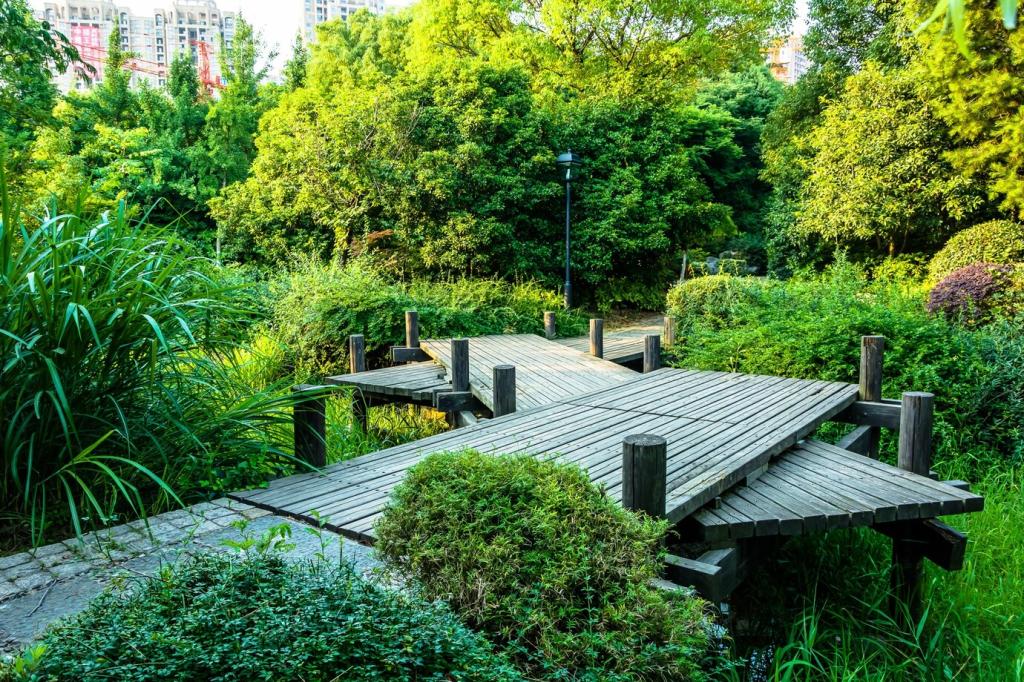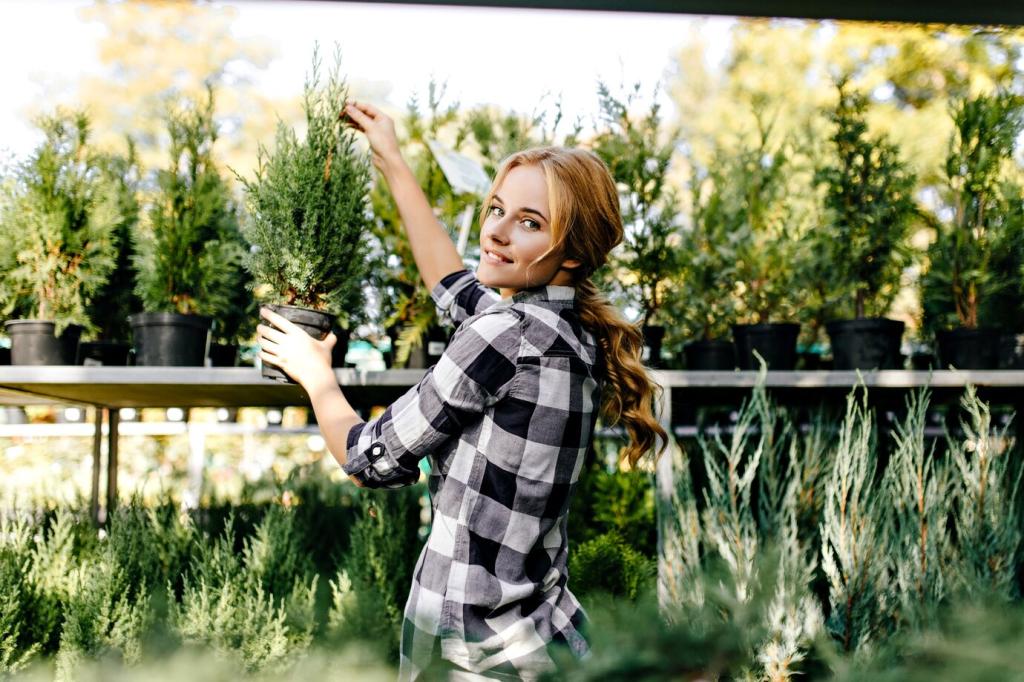Innovative plant selection is at the heart of sustainable landscape design. Making wise plant choices not only elevates the visual appeal of outdoor spaces but also ensures long-term ecological health, water conservation, and reduced maintenance. By choosing the right plants for each environment, designers and property owners can create landscapes that thrive naturally with minimal intervention, contributing to biodiversity and environmental stewardship. This approach reflects a clear understanding of climate, soil, and local ecosystems, delivering beauty and function while preserving resources for future generations.
Understanding the Principles of Sustainable Plant Selection
Embracing Native Plant Communities
Native plants possess unique adaptations that enable them to thrive in specific local conditions such as soil, climate, and wildlife interactions. By prioritizing these species, designers can craft landscapes that require less supplemental water and fertilizer, resist pests naturally, and provide essential habitat for native fauna. The resilience of native plant communities makes them a foundational component in sustainable design, reducing the need for chemical inputs and maintenance while fostering the authenticity and ecological integrity of the landscape.

Modern Approaches to Plant Selection
As the global climate changes, adaptive plant choices become increasingly important. Climate-resilient species are those that withstand fluctuating temperatures, droughts, and extreme weather events. Designers are now selecting plants known for their hardiness and adaptability, using predictive climate data to inform their choices. These forward-thinking methods ensure that landscapes endure and flourish over time, reducing the need for replanting and helping buffer communities from climate impacts.
With water conservation a critical concern, especially in arid regions, selecting plants with low water requirements is essential. Xeriscaping emphasizes the use of drought-tolerant species that maintain their beauty and health without constant irrigation. Innovative plant combinations that evoke lushness while consuming less water not only save resources but also create visually compelling, climate-appropriate spaces. These plant selections reduce the landscape’s environmental footprint while delivering year-round appeal.
Ongoing research in plant breeding has led to the development of novel hybrids and non-traditional varieties that combine the best traits of their parent plants. These innovative selections may exhibit enhanced pest resistance, longer blooming periods, or unique aesthetic qualities. By integrating such plants with proven ecological performance, landscape designers can introduce fresh color palettes and textures while meeting sustainability goals. This opens creative avenues for standout landscapes grounded in environmental responsibility.

Designing for Multi-Season Interest
Choosing plants with overlapping bloom times, varied foliage color, and texture ensures sustained interest throughout the year. By incorporating species that provide floral displays in spring, lush canopies in summer, vibrant fall coloration, and striking winter silhouettes, designers create landscapes that captivate in every season. Such diversity not only satisfies the eye but also benefits urban ecosystems by supplying continuous resources for pollinators and birds, reinforcing the landscape’s ecological vitality.
Considering Plant Structure and Layering
Plant selection should take into account not just color but also form and habit to establish visually rich, layered compositions. Including a mix of canopy trees, understory shrubs, grasses, and groundcovers adds depth, dimension, and resilience to plant communities. These thoughtfully arranged plant layers filter air and water, moderate temperature, and create habitats for diverse wildlife species. This structural diversity supports a landscape’s longevity and adaptability, merging visual appeal with environmental service.
Selecting Plants for Specific Site Functions
Beyond aesthetics, plants can play strategic roles in solving environmental challenges—acting as green infrastructure. Some are chosen for their ability to stabilize slopes and prevent erosion, others for filtering stormwater or providing windbreaks. When selections are driven by such functional objectives, landscapes deliver tangible benefits that go beyond their beauty. Strategic plant placement harmoniously blends utility and visual delight, reflecting the truly multifaceted nature of sustainable design.
